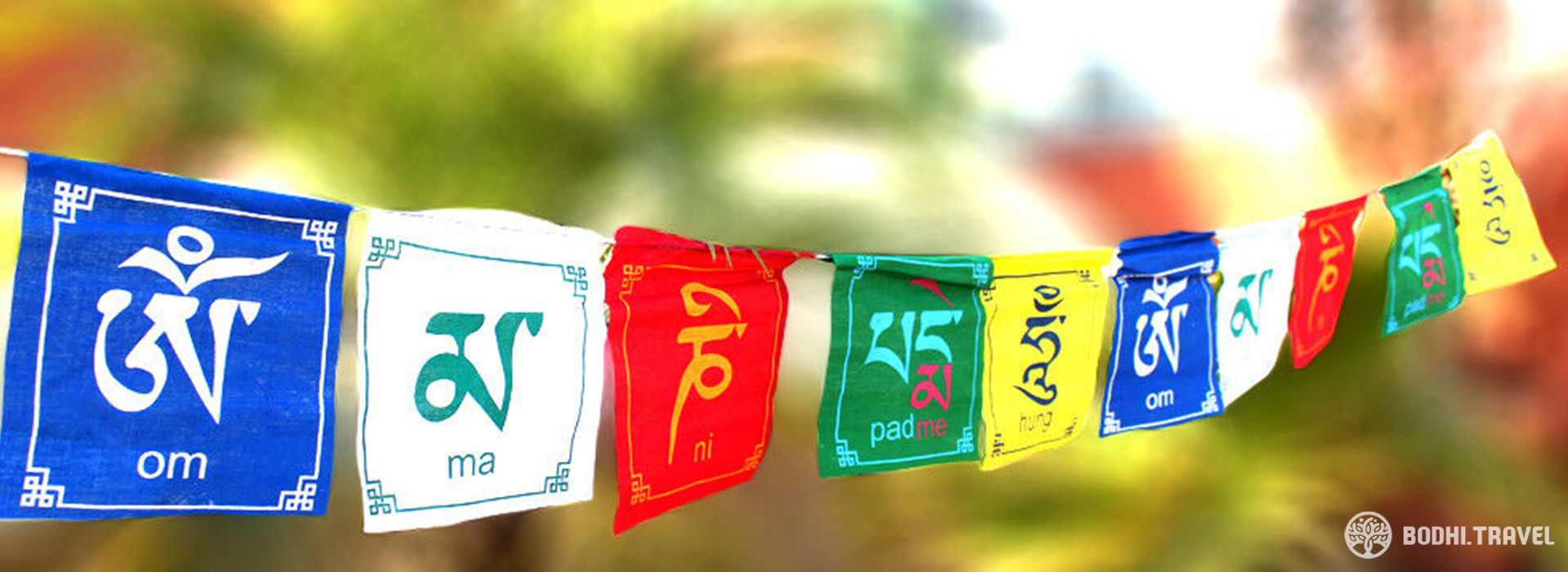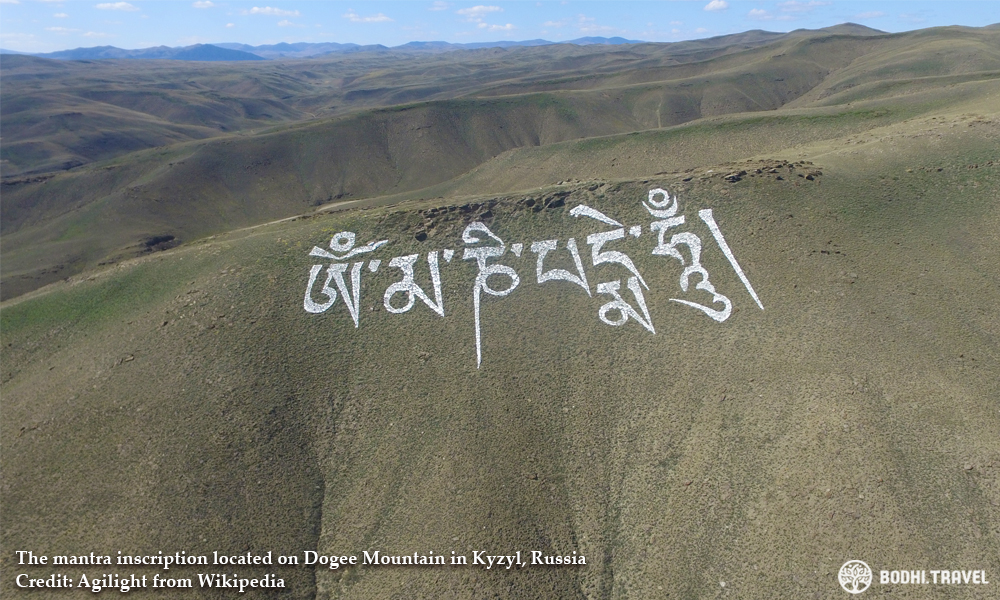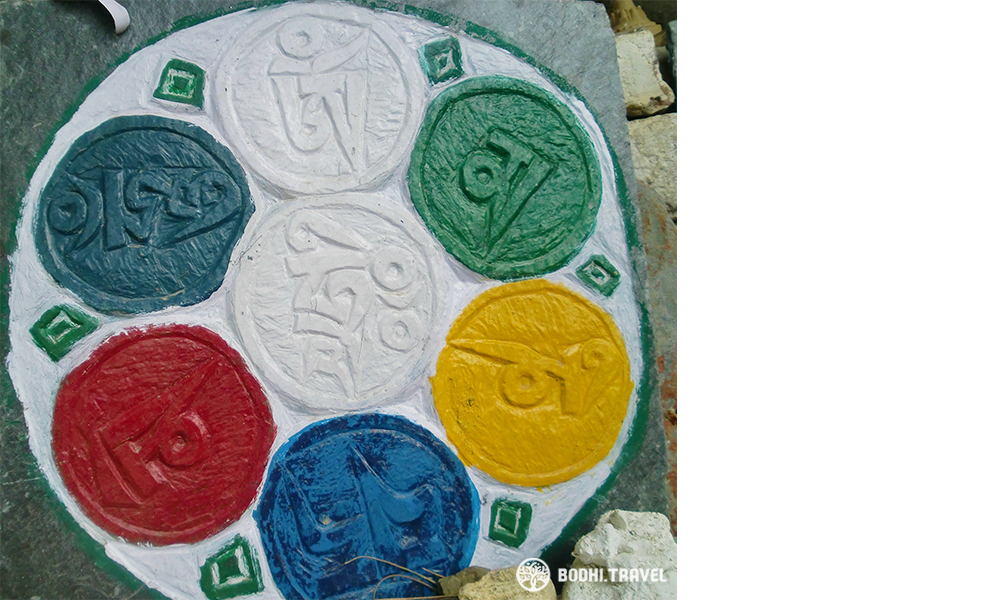
Om Mani Padme Hum
BODHI ADMIN - Posted on August 23, 2019 - 5,146 Views
A mantra is a group of sacred syllables and sounds and are continuously repeated during meditation or prayer sessions. The mantra is not unique to Buddhism and there are many types of mantra chanted in other faiths.
In Buddhism, the sacred syllable in the mantra is regarded as important and represents an aspect of the qualities of a Buddha. During recitations of a mantra either during puja practice or meditation session, the practitioner expresses his or her belief and confidence in the Teachings of the Buddha.

Om Mani Padme Hum is one of the best known and most often recited mantras in Buddhism. Believed to be representative of the Avalokiteshvara Bodhisattva, the mantra, when recited, is an aspiration of the victorious power of freedom that is to save all sentient beings.
The syllables “om” and “hum” are not translatable and do not have any linguistic meaning. They are defined as divine sounds. The central portion of the mantra “mani padme” is translated as jewel in the lotus”.
The lotus is symbolic of the ability of all sentient beings to achieve Enlightenment amidst samsara, just like the lotus growing to be beautiful despite being in mud. The jewel is the essence or the intention.

The syllable “om” stands for the body, spirit and speech of the Buddha, “mani” for the path of the Teachings, “padme” for the wisdom of the path and “hum” points to the union of wisdom and the path to it.
The importance of the Om Mani Padme Hum mantra is very much evident in the Vajrayana Buddhist practices. The mantra is often craved onto the walls or ceilings on the grounds of the temples and monasteries. The mantra can also be found carved on the prayer wheels and painted on flags.

In Singapore, regular retreats are held yearly to recite the mantra. During these retreats, monastics will lead the congregation in reciting the mantra to a certain number of times (e.g. 100 million recitations).
For more detailed explanation of the mantra, please visit: http://maniretreat.sg/explanation-of-the-six-syllable-mantra/
MORE ARTICLES: Buddha Footprint (Buddhapada)
MORE ARTICLES: The Stupa




